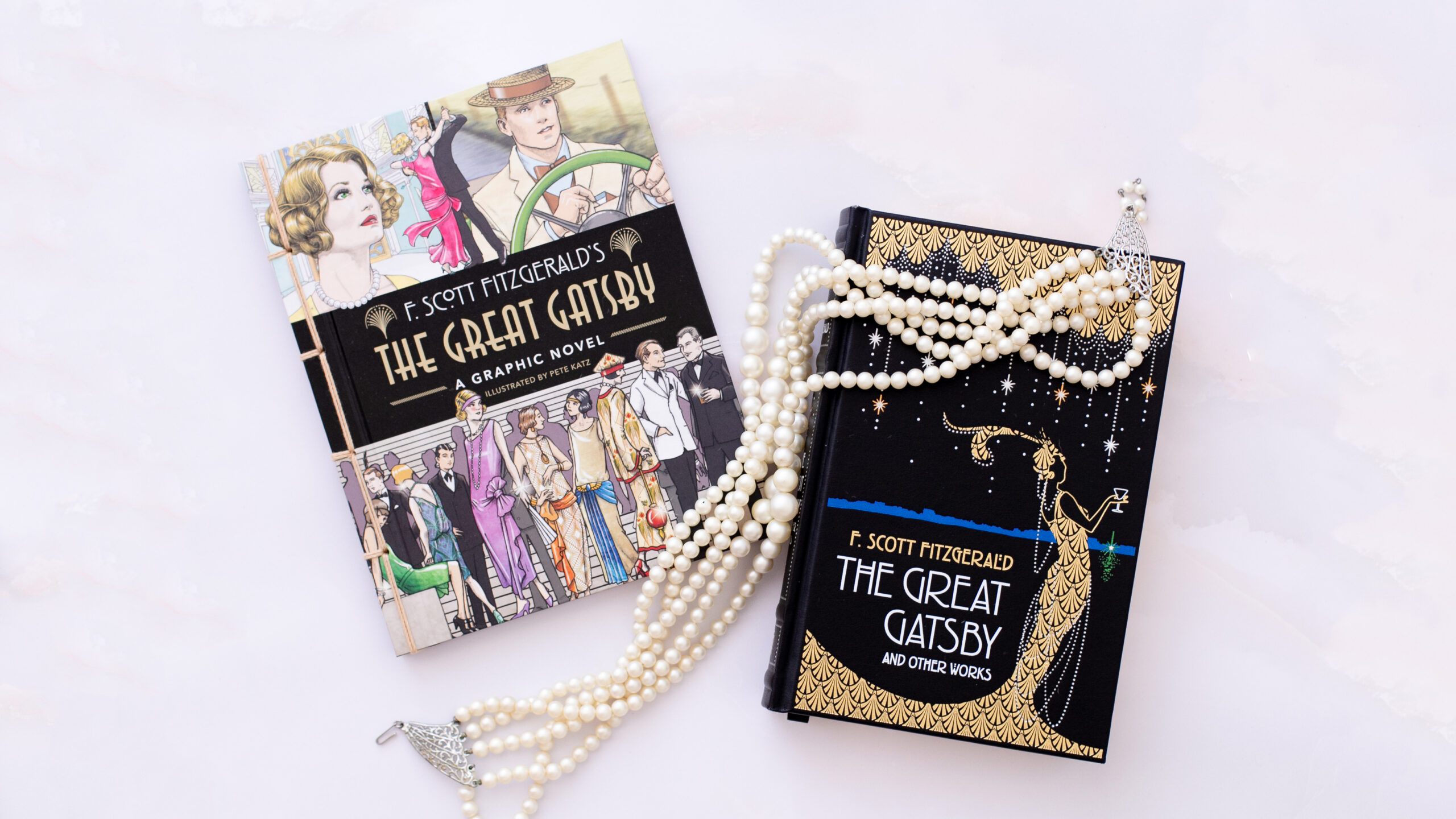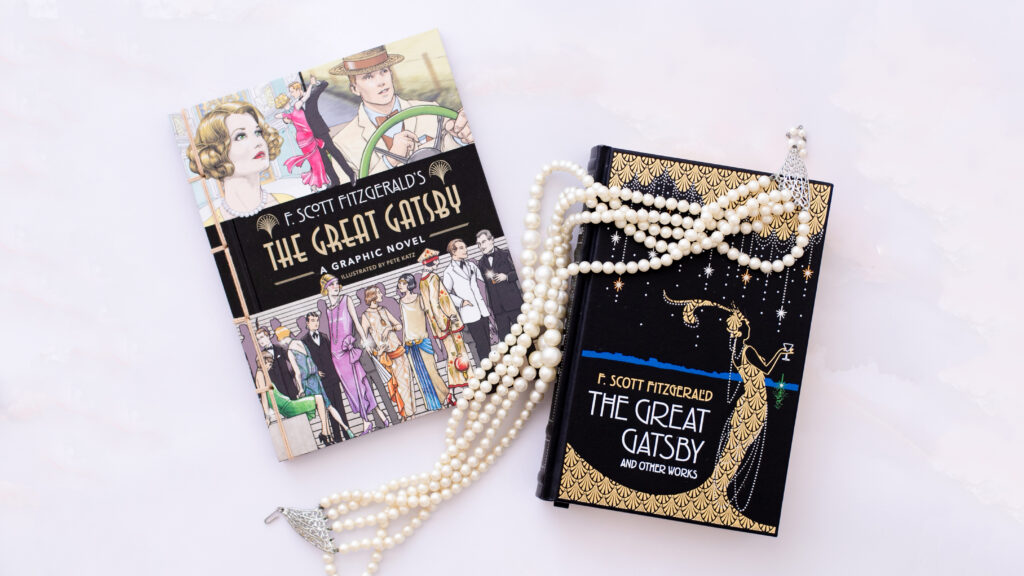
You probably read The Great Gatsby in your, as narrator Nick Carraway might say, “younger and more vulnerable days.” But here’s the compelling story behind F. Scott Fitzgerald’s enduring American classic, now available from Canterbury Classics in leather-bound and graphic novel editions.
What's In a Name?
Names are important for books, and it’s hard to imagine Fitzgerald’s masterpiece resonating for generations had he chosen one of the titles conceived before he came up with The Great Gatsby. Fitzgerald toyed with names such as Among Ash Heaps and Millionaires, On the Road to West Egg, The High-Bouncing Lover, The Gold-Hatted Gatsby, and Under the Red, White, and Blue. He decided on Trimalchio in West Egg, referencing a character in the Roman epic Satyricon
Not Off to a Great Start
Short stories published in periodicals were far more popular than full-length novels in the early 20th century, and F. Scott Fitzgerald established himself as a successful and acclaimed author in that medium. His first two novels—This Side of Paradise and The Beautiful and the Damned—were so well-received that Fitzgerald’s third novel, schedule for 1925 was heavily anticipated. That book, The Great Gatsby, the story of a forlorn millionaire who made his money by mysterious, possibly illegal means and who did it all to win back an old flame, and who gets mixed up in a murder, was greeted with middling reviews and poor sales.
It disappeared from public consciousness, Fitzgerald’s literary career faltered to where he became a Hollywood script doctor, and by 1939, The Great Gatsby was out of print. Fitzgerald found out when he went to a bookstore to buy a copy for his daughter, and he was told he’d have to write the publisher to see if they had an old one laying around.
Second Life
F. Scott Fitzgerald died of an alcoholism-related heart attack at age 44 in 1940. He didn’t live to see the second life—and unrelenting success—of The Great Gatsby. The book may have flopped with the general population, but librarians and publishing industry figures loved it. During World War II, a division of the U.S. military wanted to create a line of cheaply printed paperbacks to send to troops serving overseas to boost morale and fill in periods of inactivity. Librarians and publishers who loved Gatsby recommended for its inclusion in the Armed Services Editions. So many soldiers read it, and discussed it, that it became a literary classic for the Greatest Generation.
But Did You Do the Reading?
The Great Gatsby entered the curriculum in thousands of high school literature programs around the U.S., both because of its literary merit and how it's a visceral historical record of the 1920s and the “Jazz Age.” Today, nearly a century after it first came off the presses, The Great Gatsby is the fifth-most-read (or assigned) book in the American school system.
From Page to Stage and Screen
The first time The Great Gatsby was adopted from the page into another medium was a Broadway play directed by George Cukor (who’d later co-direct Gone with the Wind), which served as the source material for a 1926 silent film version. No copies of the film survive, which is just as well for F. Scott and Zelda Fitzgerald, who hated it so much they walked out of the theater halfway through the premiere. Big-budget versions followed in 1949 (with Alan Ladd), 1974 (starring Robert Redford), and 2013 (with Leonardo DiCaprio), and plans are underway for an animated version and possibly even an all-Muppets take. The Great Gatsby was even adapted as a half-hour radio play in 1950 and a video game in 2010.
There’s one more adaptation of the Jazz Age classic that deserves a drink and a wink, old sport, and it’s The Great Gatsby: A Graphic Novel. Beautifully and dramatically illustrated by Pete Katz, it’s available now from Canterbury Classics.








